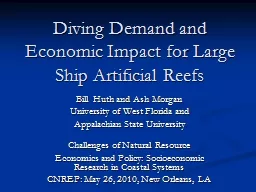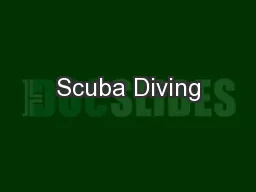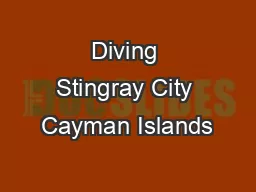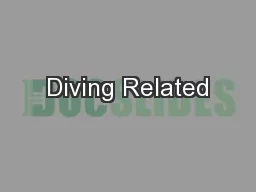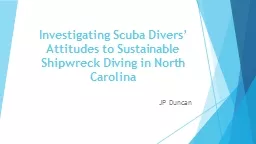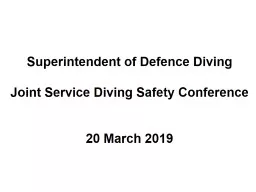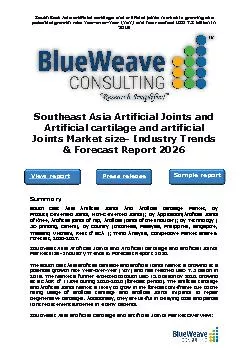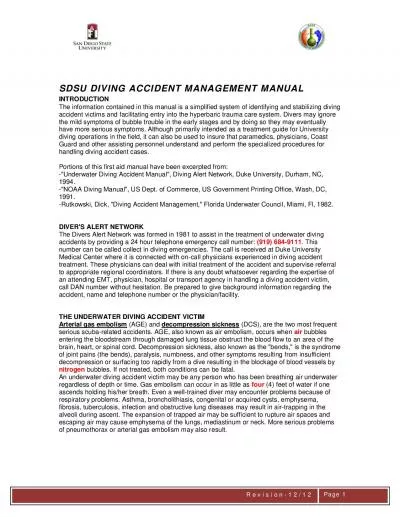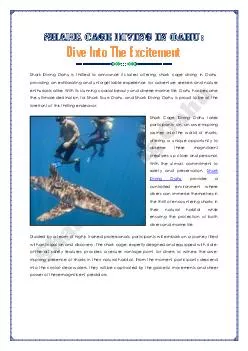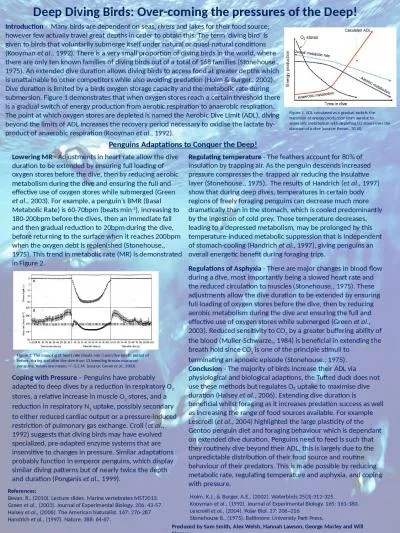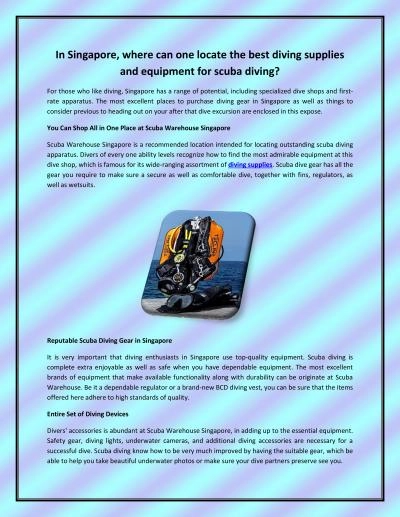PPT-Diving Demand and Economic Impact for Large Ship Artificial
Author : tatiana-dople | Published Date : 2016-06-30
Bill Huth and Ash Morgan University of West Florida and Appalachian State University Challenges of Natural Resource Economics and Policy Socioeconomic Research
Presentation Embed Code
Download Presentation
Download Presentation The PPT/PDF document "Diving Demand and Economic Impact for La..." is the property of its rightful owner. Permission is granted to download and print the materials on this website for personal, non-commercial use only, and to display it on your personal computer provided you do not modify the materials and that you retain all copyright notices contained in the materials. By downloading content from our website, you accept the terms of this agreement.
Diving Demand and Economic Impact for Large Ship Artificial: Transcript
Download Rules Of Document
"Diving Demand and Economic Impact for Large Ship Artificial"The content belongs to its owner. You may download and print it for personal use, without modification, and keep all copyright notices. By downloading, you agree to these terms.
Related Documents

